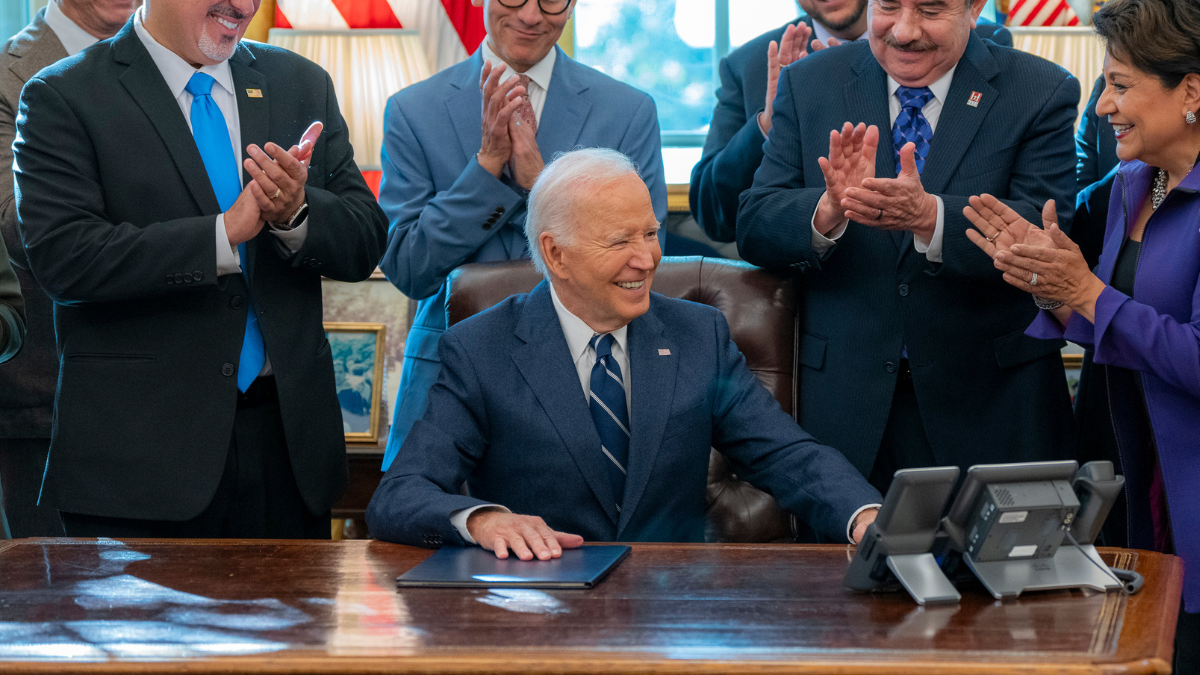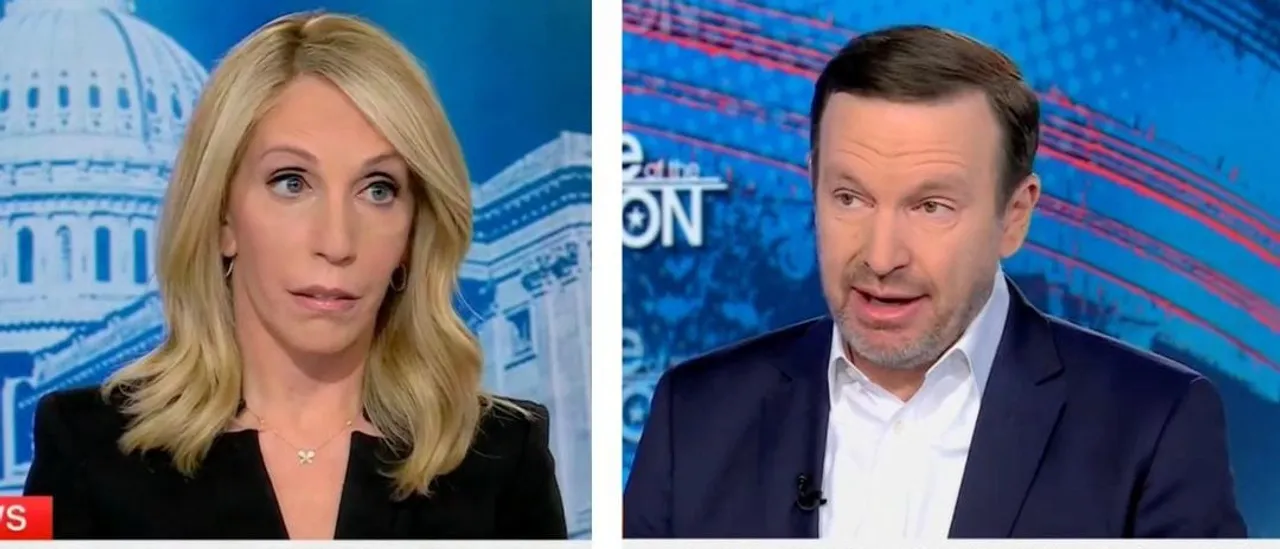The Bureau of Labor Statistics just delivered a reality check to the “strong Biden economy” storyline. In its preliminary benchmark revision, BLS slashed nonfarm employment growth from March 2024 to March 2025 by 911,000 jobs—a 0.6% cut out of roughly 159 million. Translation: nearly half of Biden’s final-year “new jobs” vanished, tumbling from about 1.8 million to around 900,000. But hey, remember all those victory laps?
This wasn’t some harmless statistical tweak. It confirms what millions of Americans already felt in their wallets: the job market was weaker than the headlines, and it cooled well before President Donald Trump took office. The overestimation came from systemic survey errors at best—and at worst, a conveniently rosy narrative from institutions that were supposed to be neutral. Who could’ve guessed?
While the White House and friendly outlets serenaded us with “historic gains” throughout 2024, skeptics—Republicans and regular folks alike—were told they were peddling conspiracy theories. Meanwhile, wages lagged, prices climbed, and families kept asking a simple question: if the economy’s so great, why does it feel so bad?
The press framed doubt as partisan heresy. The Washington Post highlighted Joe Biden dunking on Sen. Marco Rubio’s 2024 skepticism—Rubio called a strong report “fake” given constant revisions; Biden sneered that anything MAGA doesn’t like is “fake.” NBC echoed the same theme: Republicans rejecting good news because it didn’t fit their narrative. Spoiler: the revisions show Republicans had a point.
Even as the New York Times acknowledged growing distrust after earlier revisions—“818,000 fewer jobs in 2023 and early 2024 than initially reported”—it still treated much of the doubt as political heat rather than methodological failure. The Wall Street Journal flagged that the administration’s manufacturing boasts were oversold; BLS later showed 95,000 fewer factory jobs in 2024, a 0.8% drop. ABC ran fact-checks dismissing claims the numbers were skewed; CBS covered voters who didn’t buy the hype yet chalked up GOP criticism as, you guessed it, conspiracy talk. Funny how the “conspiracy” keeps turning into a correction.
Let’s connect the dots. By inflating the aura of strength, Biden boosters may have lulled policymakers, helping delay needed Fed rate cuts while inflation lingered. That’s not just bad spin—it’s bad policy. And Americans paid for it at the checkout aisle.
Bottom line: the BLS revision confirms what common sense—and conservatives—have said all along. The Biden boom was overstated, the media megaphone was out of tune, and the “shut up and clap” routine didn’t pay the bills. The good news? With President Trump steering the economy forward, the fog is lifting. Transparency beats gaslighting, facts beat spin, and the American worker finally gets to be the headline.



